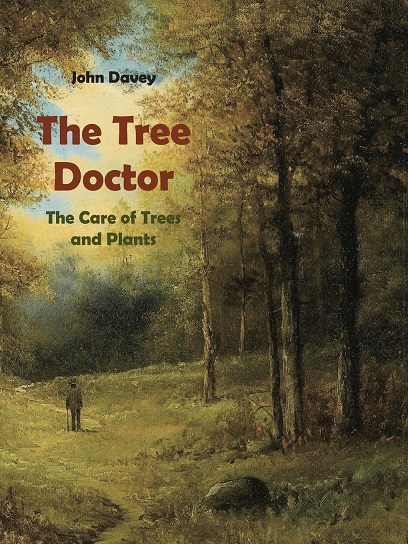This is the estimate sheet that I developed in our first year of operation. I kept modifying it over and over to get to something that would fit most job quote situations. I’m happy with the final product. Feel free to modify it as needed or just pick and choose parts of it to use for your own needs. Let me know what you think.
Front:
ConservaTree Estimate Sheet Front – FINALDownload as PDF
Back:
ConservaTree Estimate Sheet Back – FINALDownload as PDF
Climb High, Work Smart, Read More.
– TreeMuggs
I would love to hear from you. Please send all comments/questions/hatemail to patrick@educatedclimber.com
